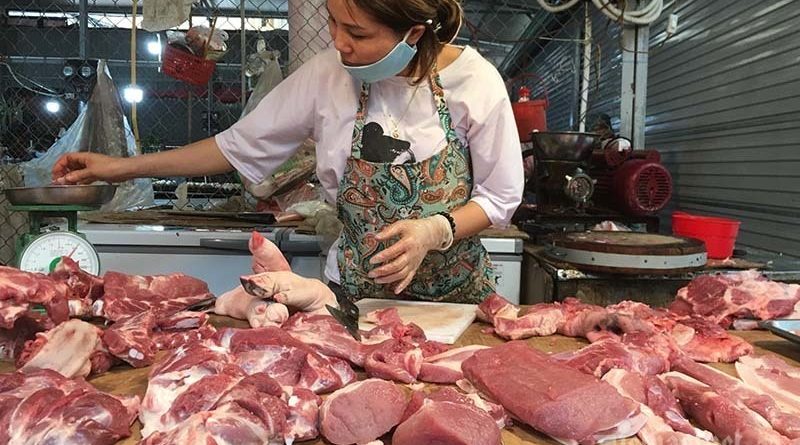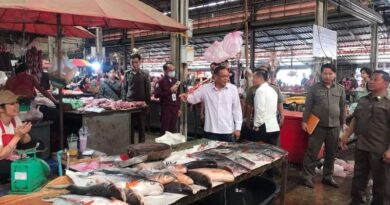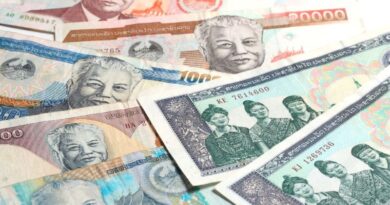Trade Officials, Market Owners Partner in Price Control Over Lao New Year
Source: Vientiane Times
The Vientiane Industry and Commerce Department is working with food suppliers and market owners to set and observe appropriate prices over the Lao New Year holiday.
The department’s Deputy Director, Mr. Nanta Sanouvong, said trade officials have issued a list of eight products and 23 other items whose price is fixed.
Food suppliers and market owners will be responsible for ensuring these prices are adhered to.
The department has instructed market traders not to hoard food and other goods in an attempt to drive up prices, and to ensure there is enough food to meet demand, as well as a plentiful supply of general consumer goods.

Authorities will work every day of the holiday to monitor the price of food and other items on sale in 309 markets, to prevent vendors from taking advantage of high demand to boost prices.
Vendors who arbitrarily hike prices will be fined or otherwise penalized in accordance with the department’s regulations.
City authorities will also team up with authorities at border crossings to monitor imported products and ensure they meet hygiene and quality standards and are safe for consumption.
Economists are concerned that a surge in spending over the Lao New Year could drive up food prices even further and cause another uptick in inflation.
People across the country are ready to party and make the most of the Lao New Year celebrations after three years of muted festivities because of the Covid-19 pandemic.
This year’s celebrations will take place over five days, with the holiday running until April 18 and parties already in evidence around Vientiane.
Although inflation dipped slightly to about 41 percent in March, the first drop in 18 months, the rate of inflation in Laos remains the highest in the region, according to the Lao Statistics Bureau.




